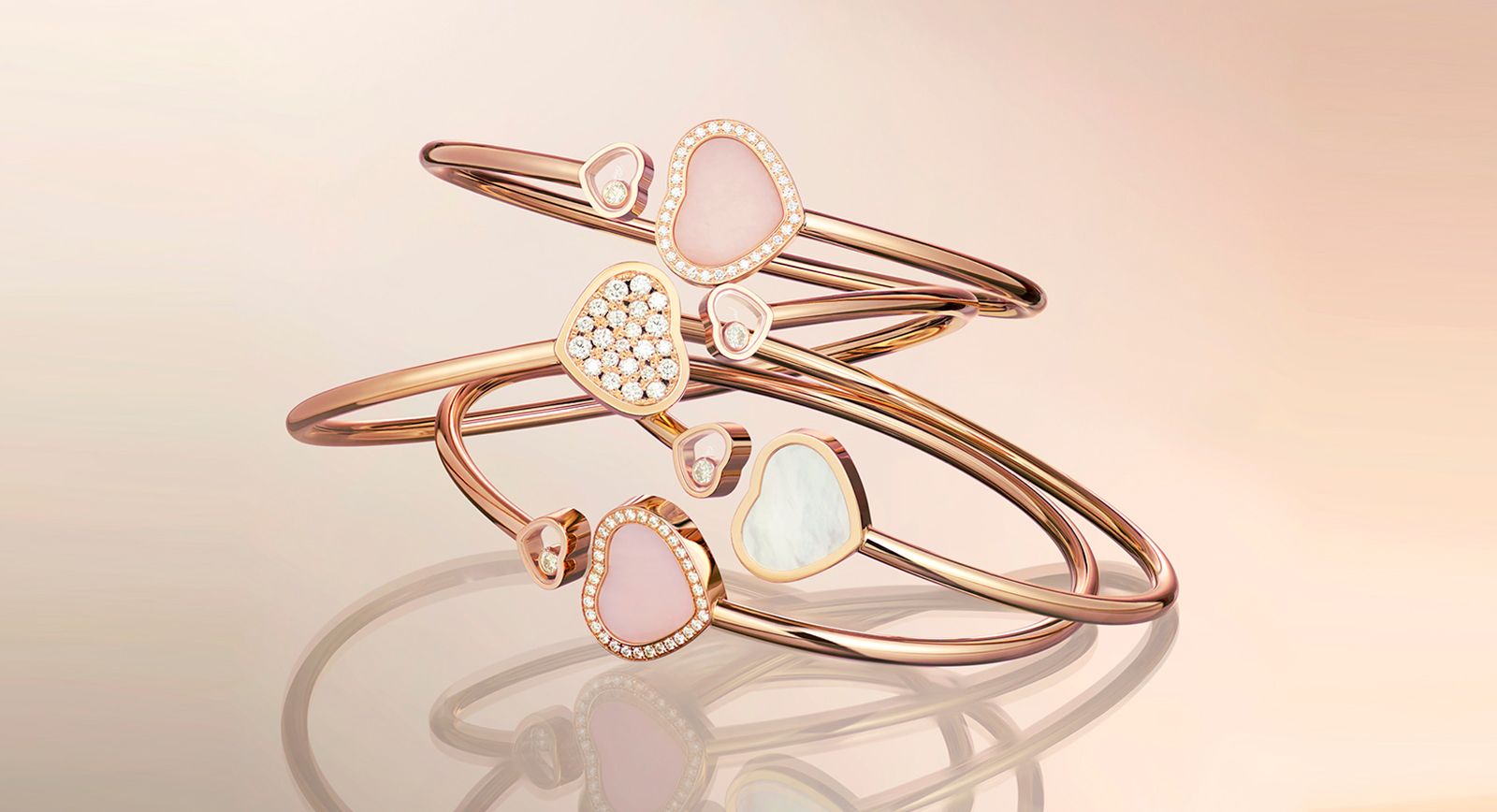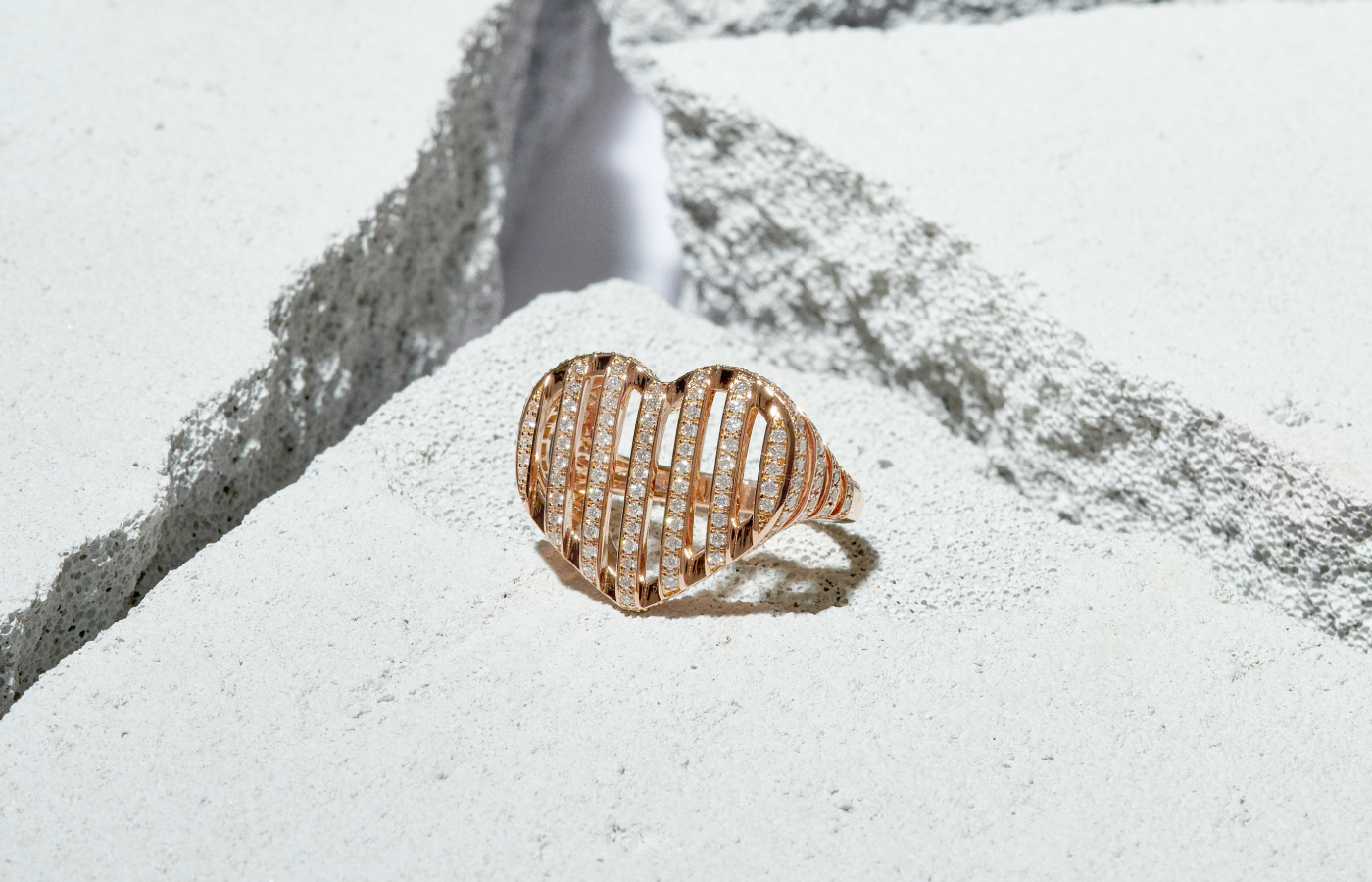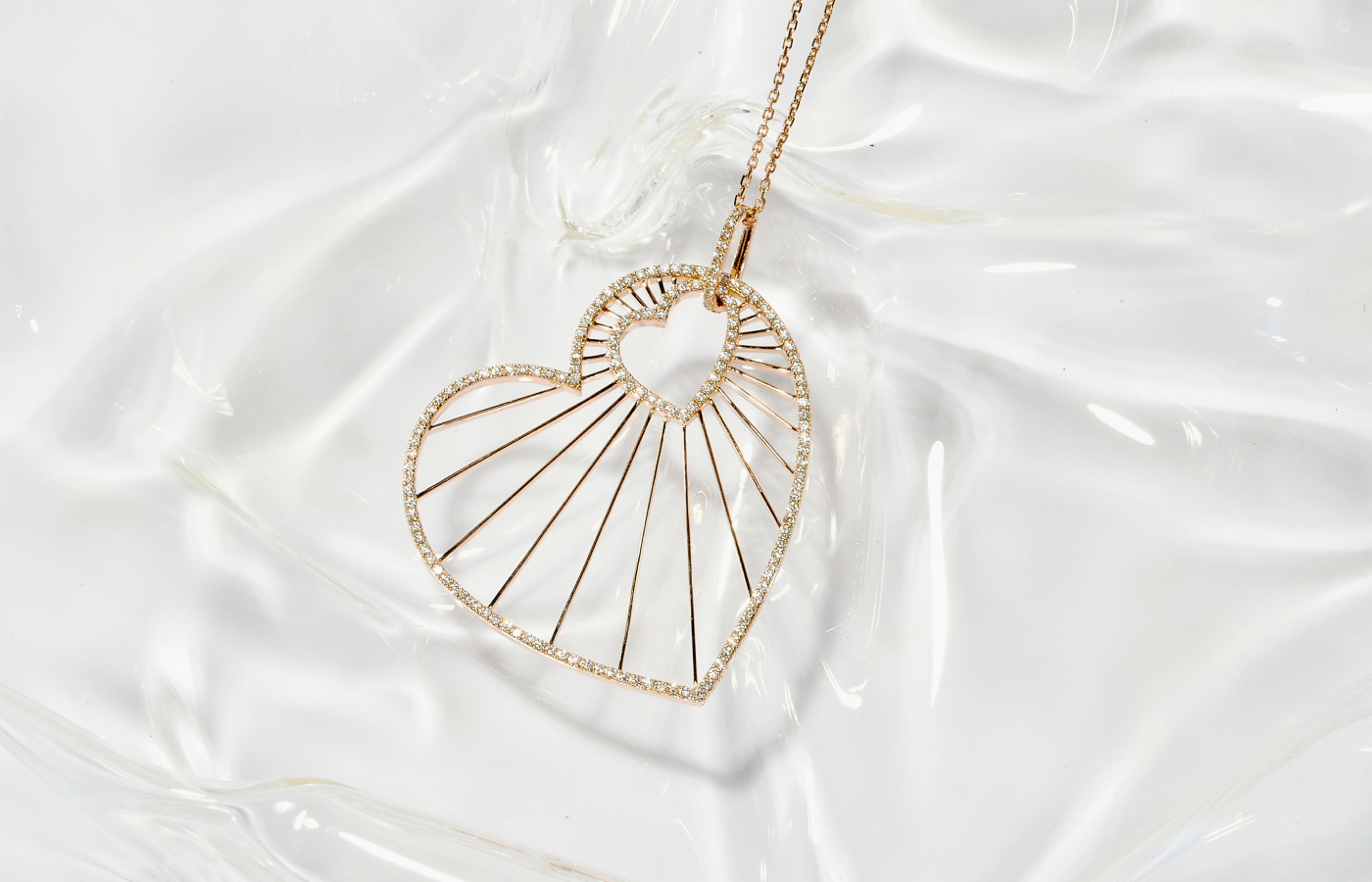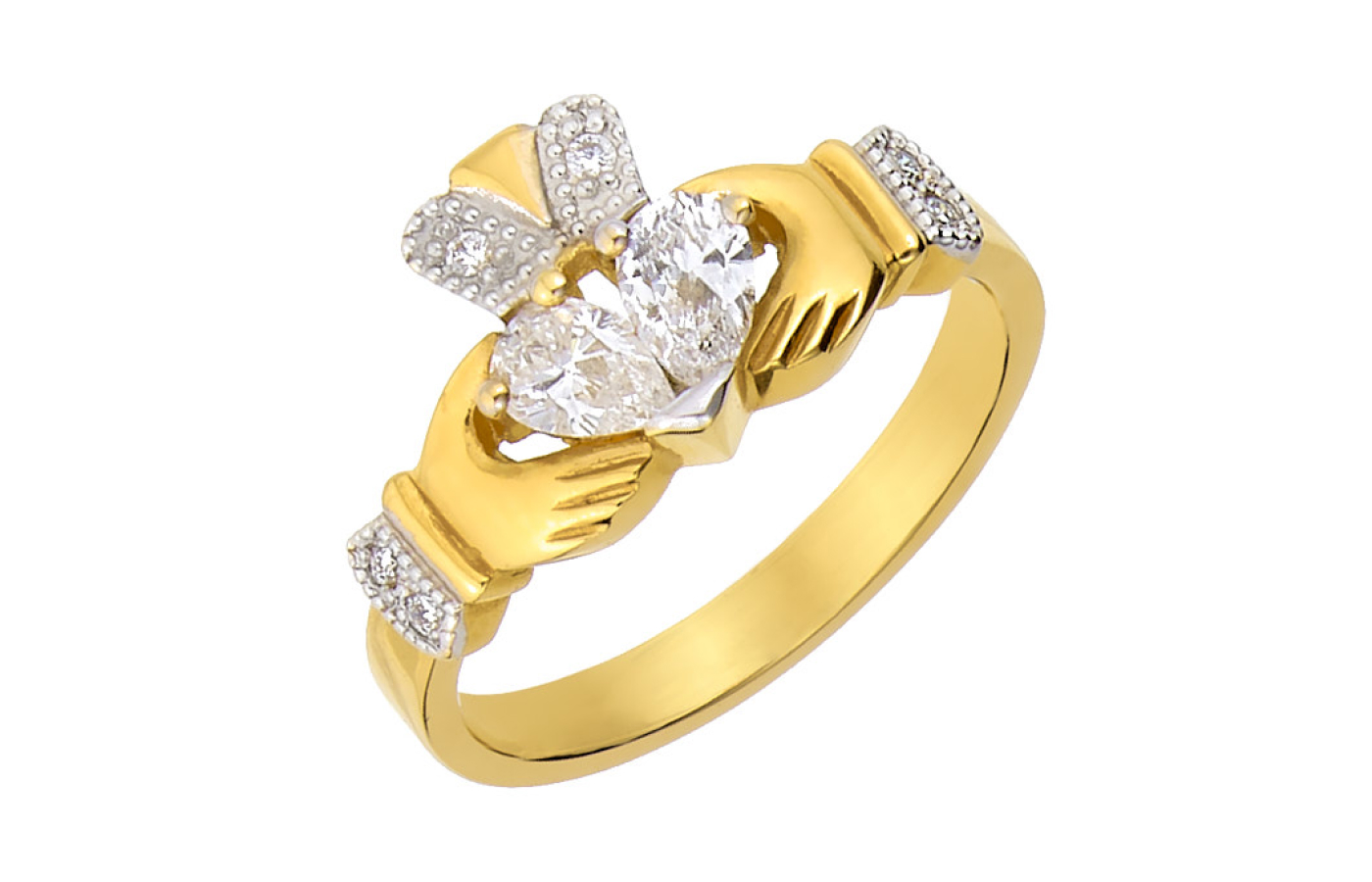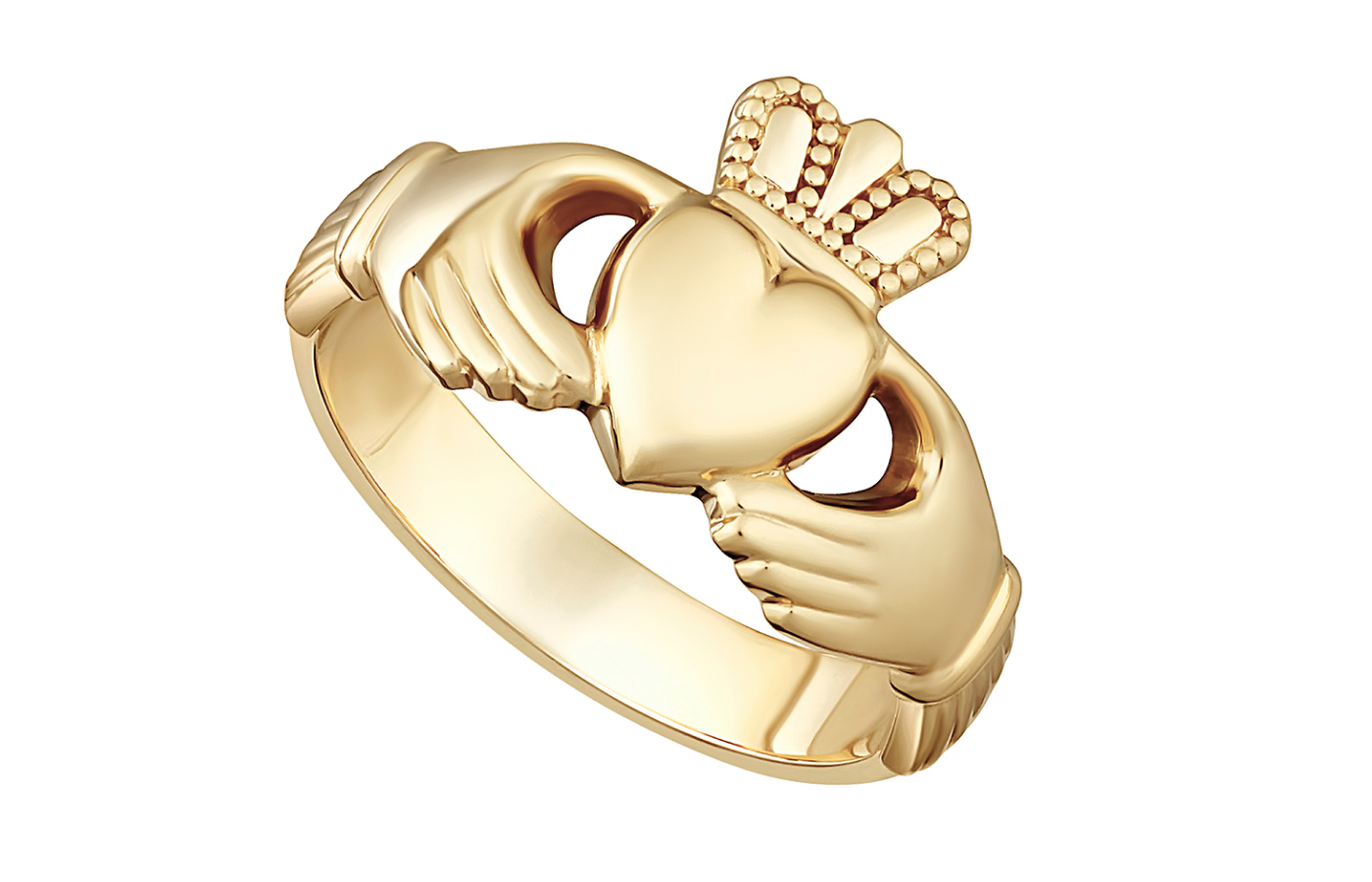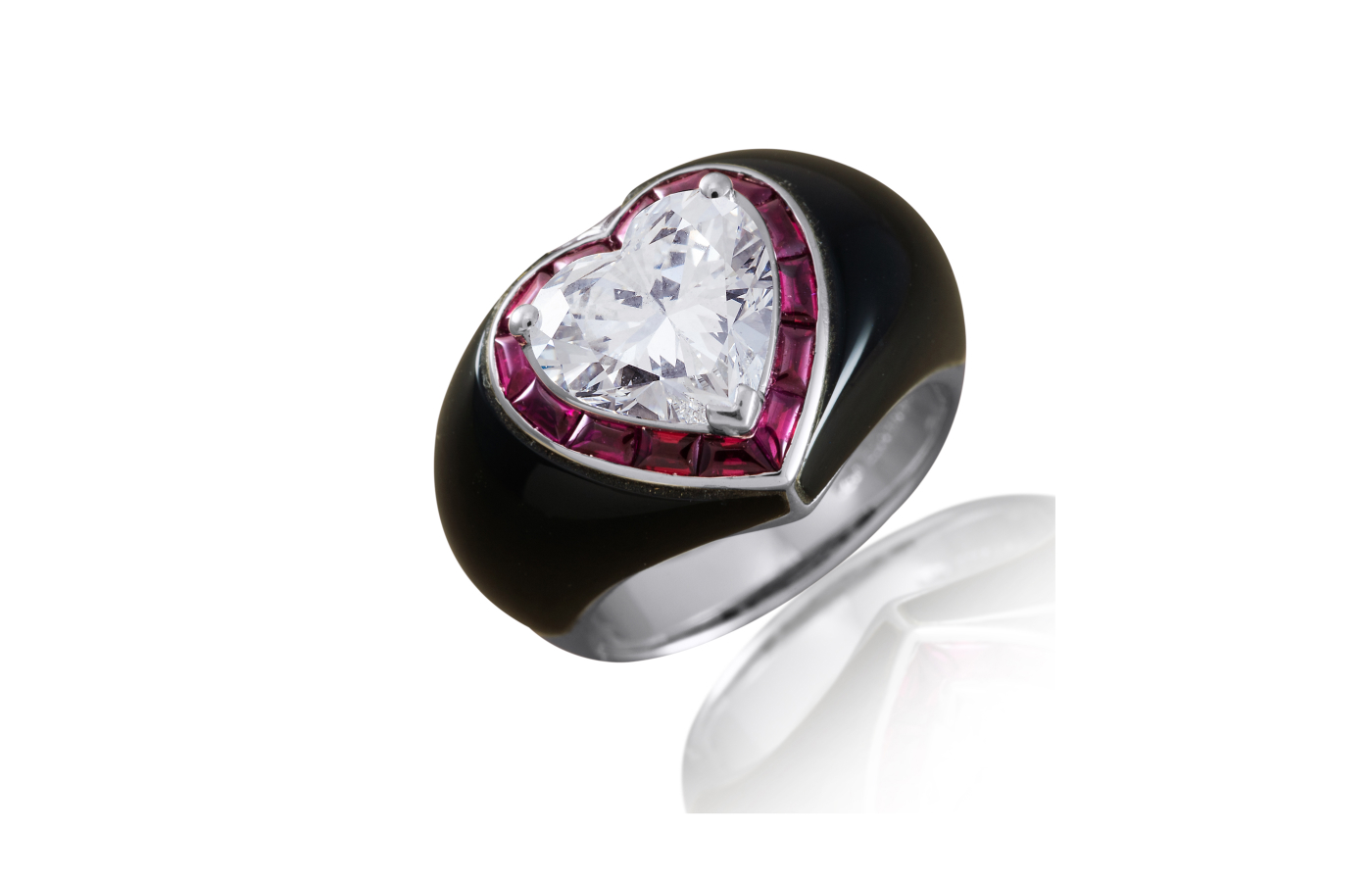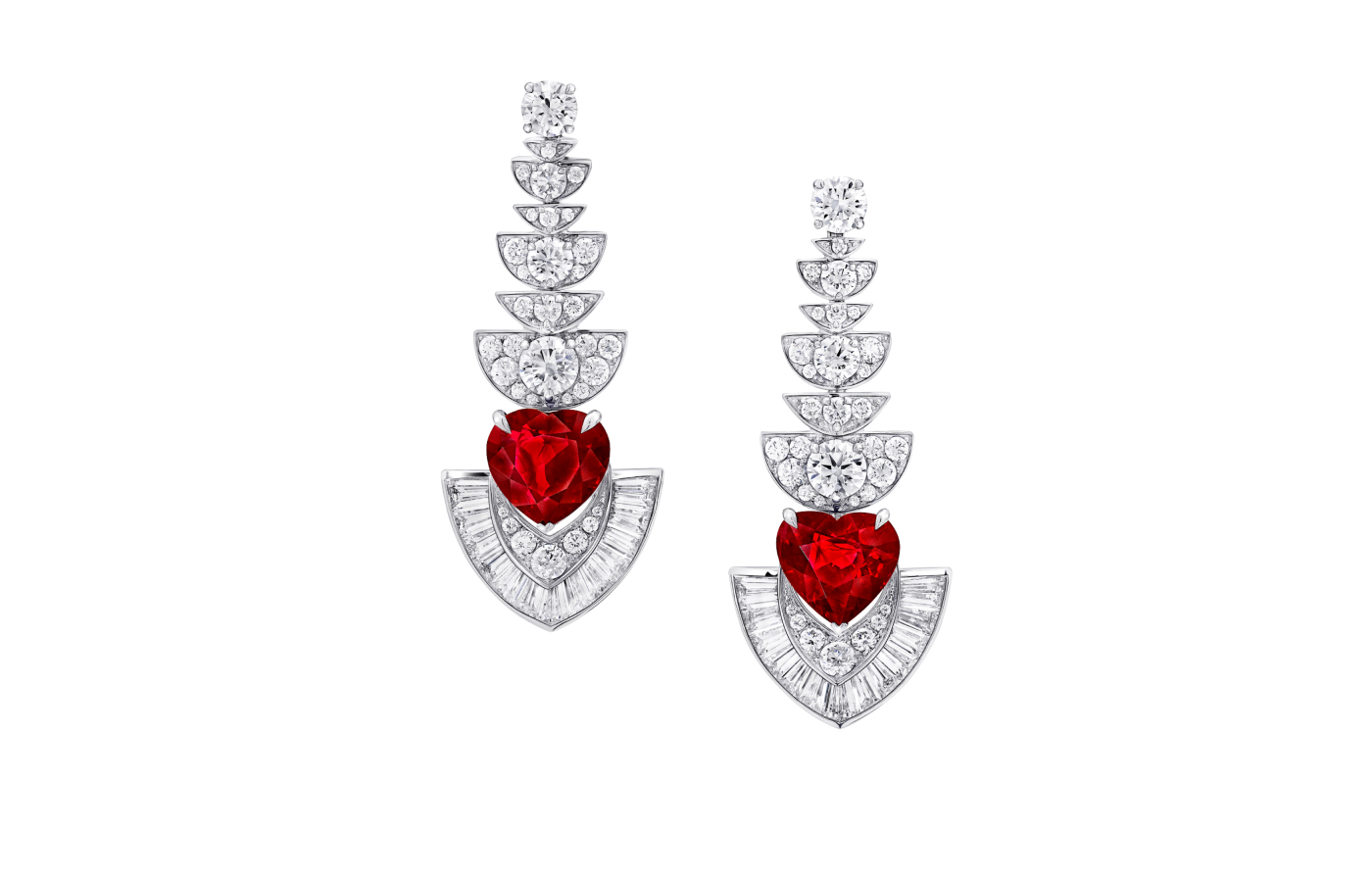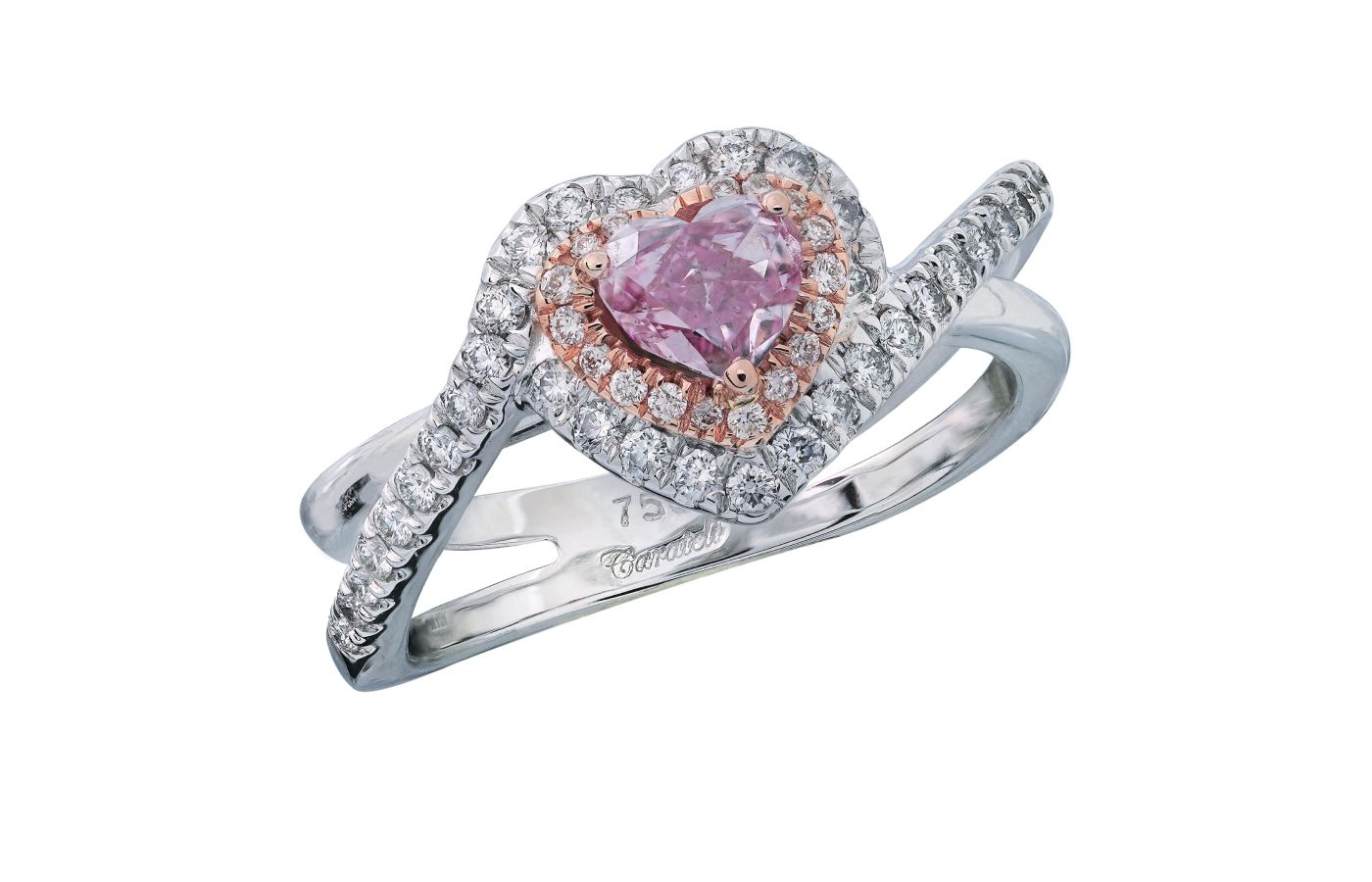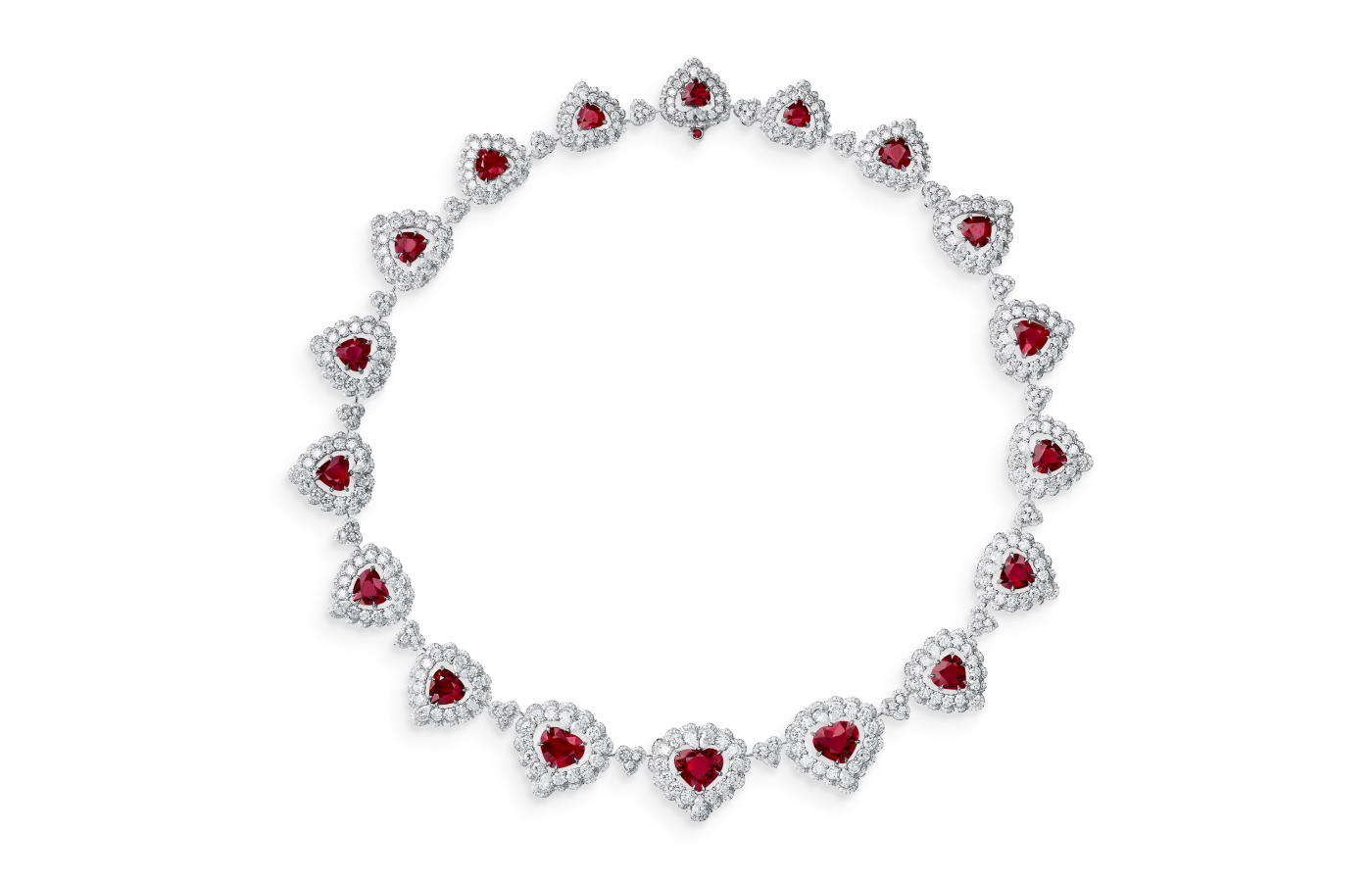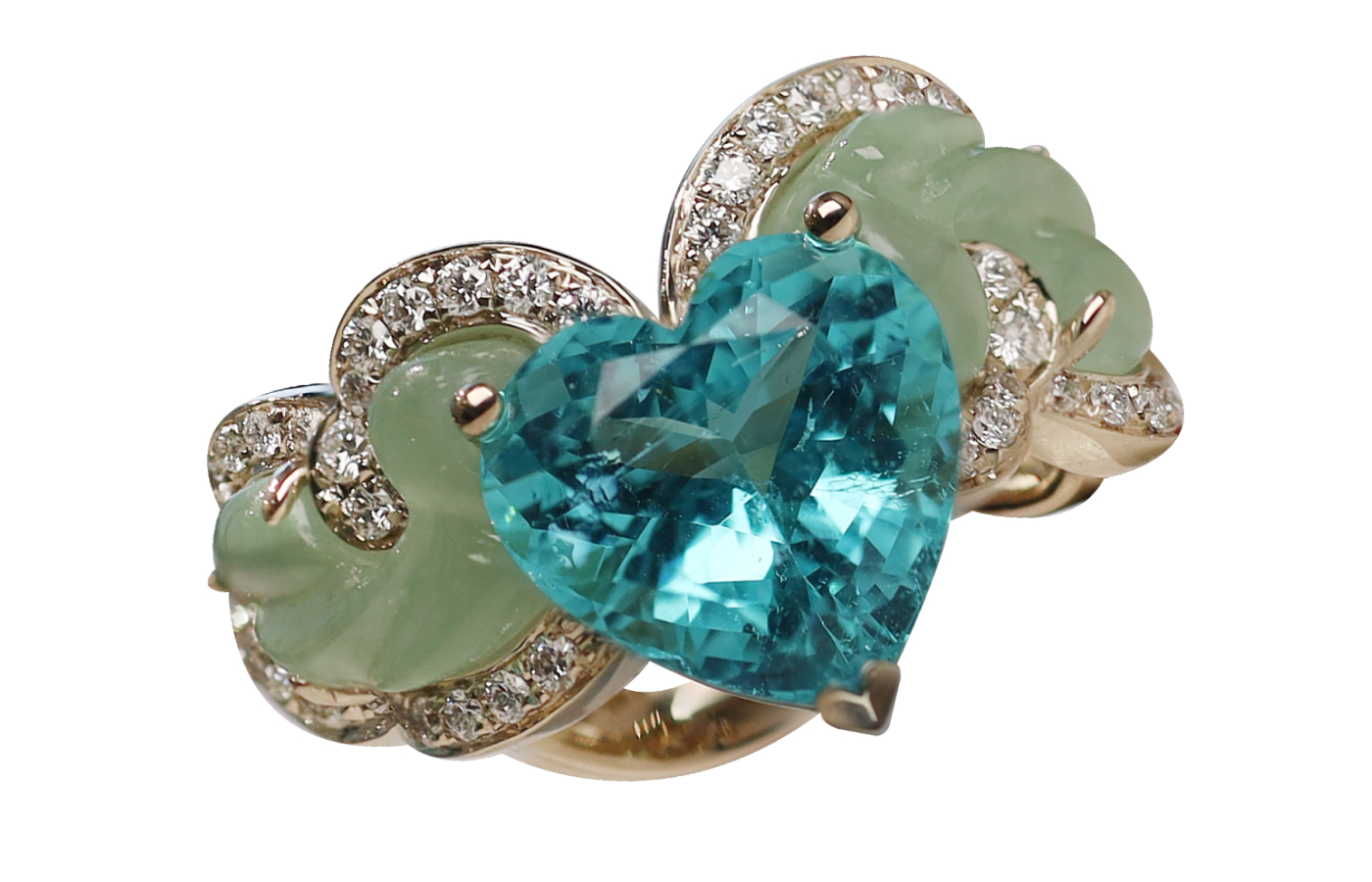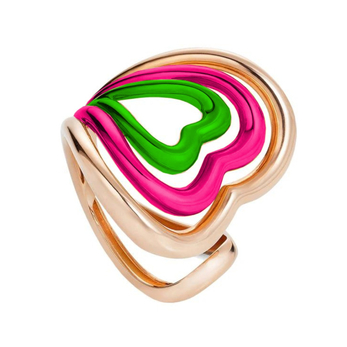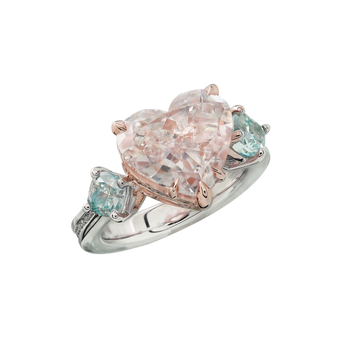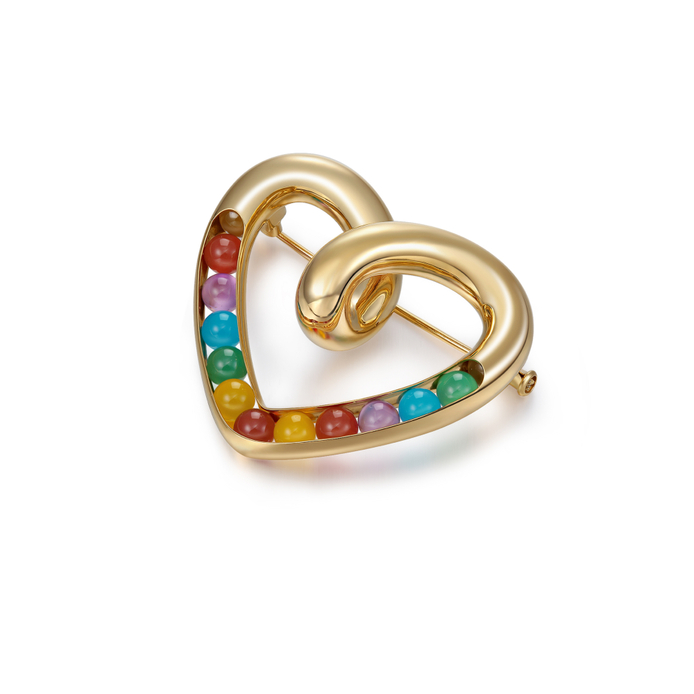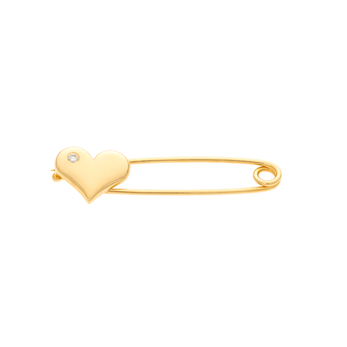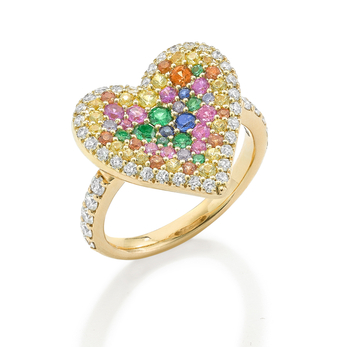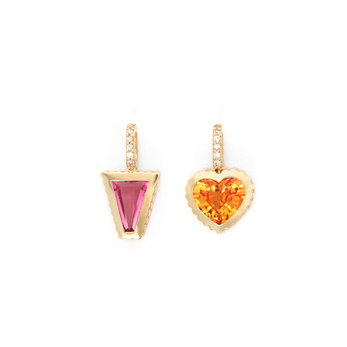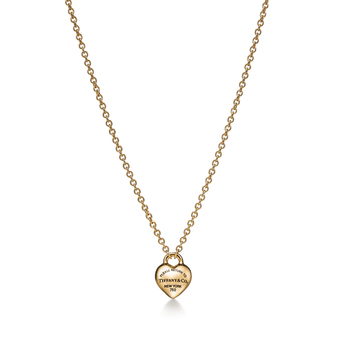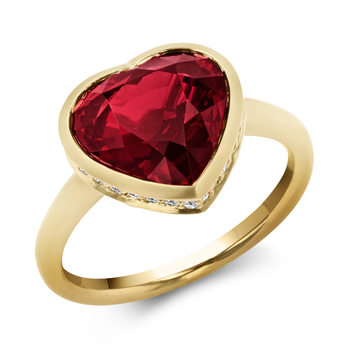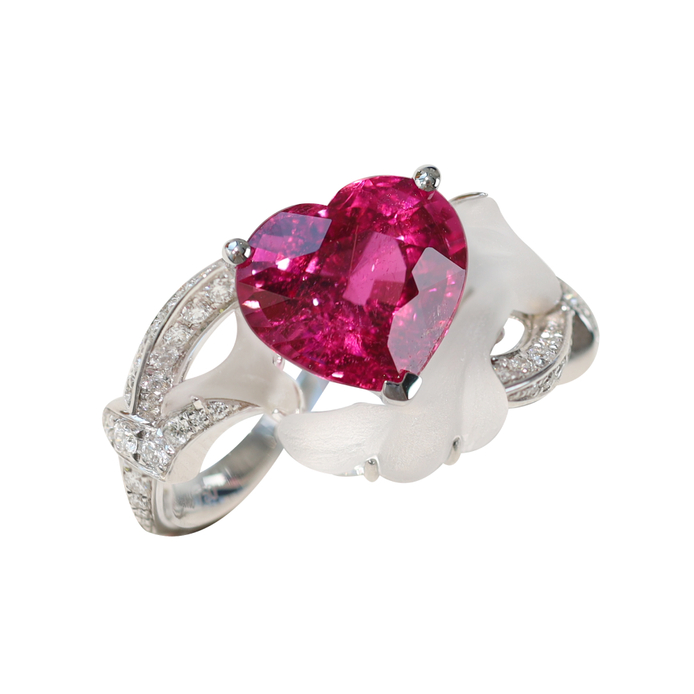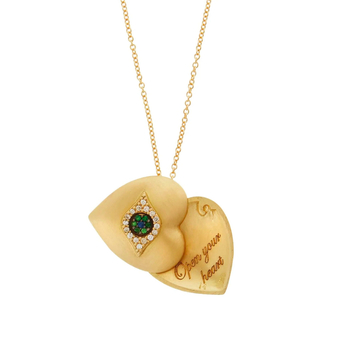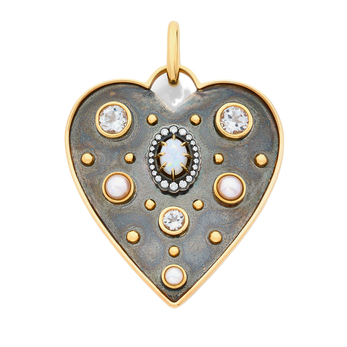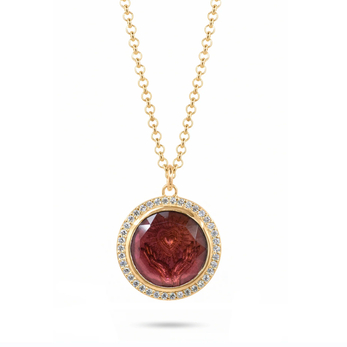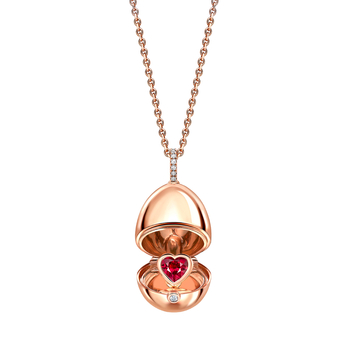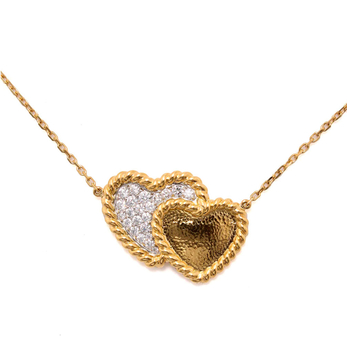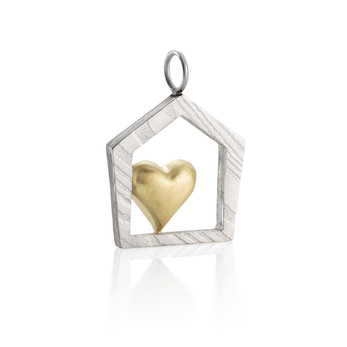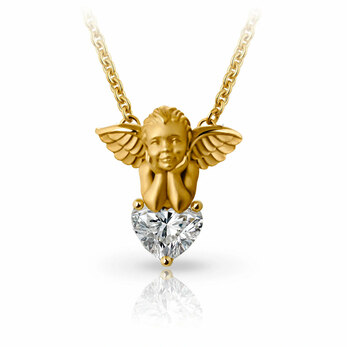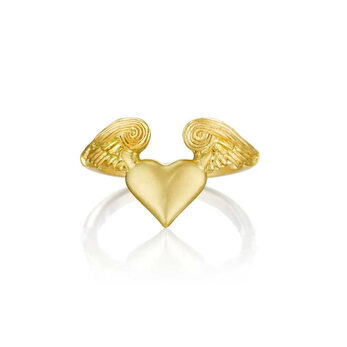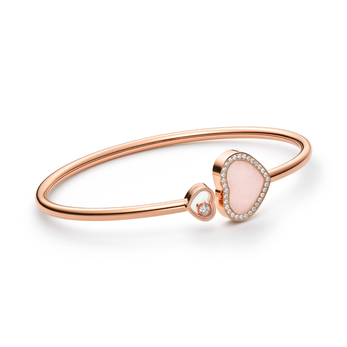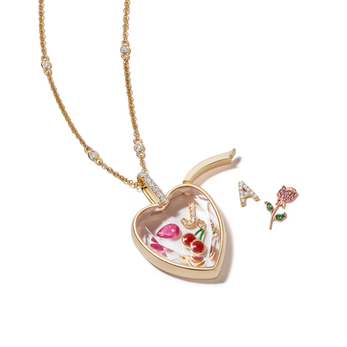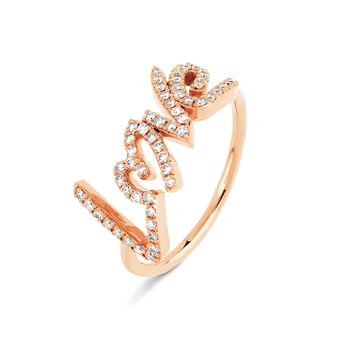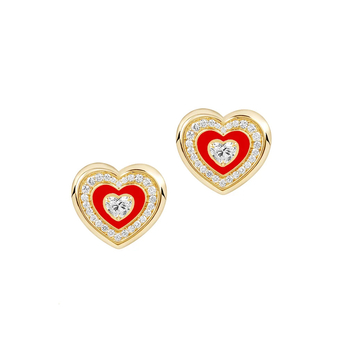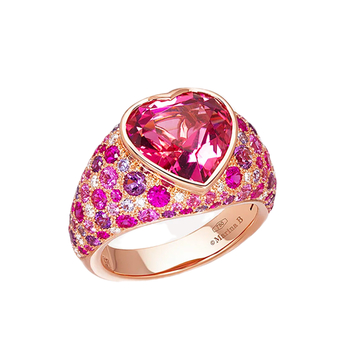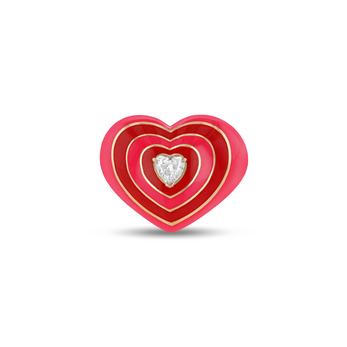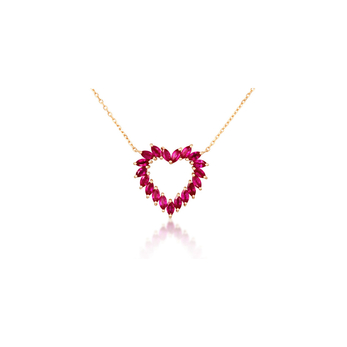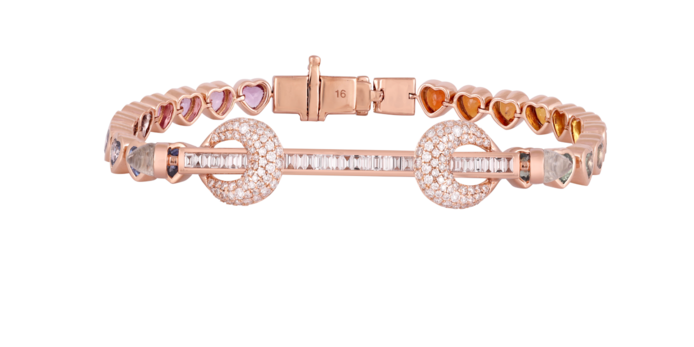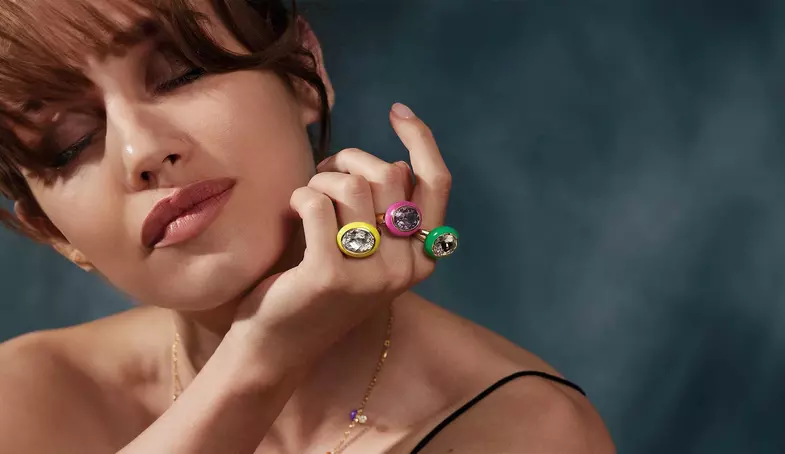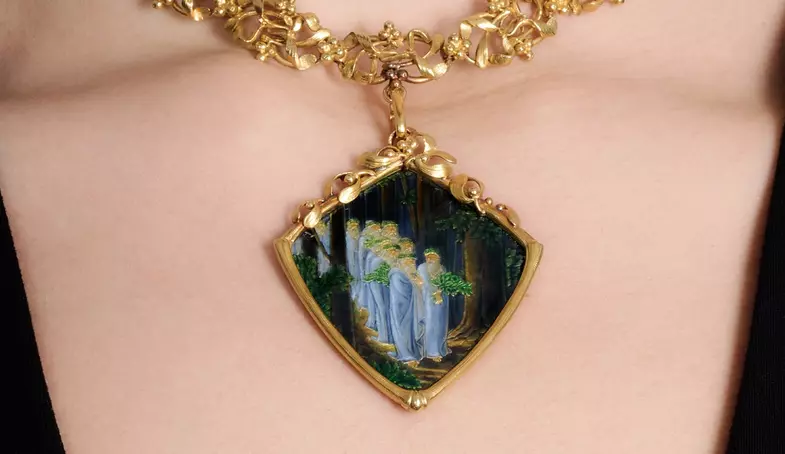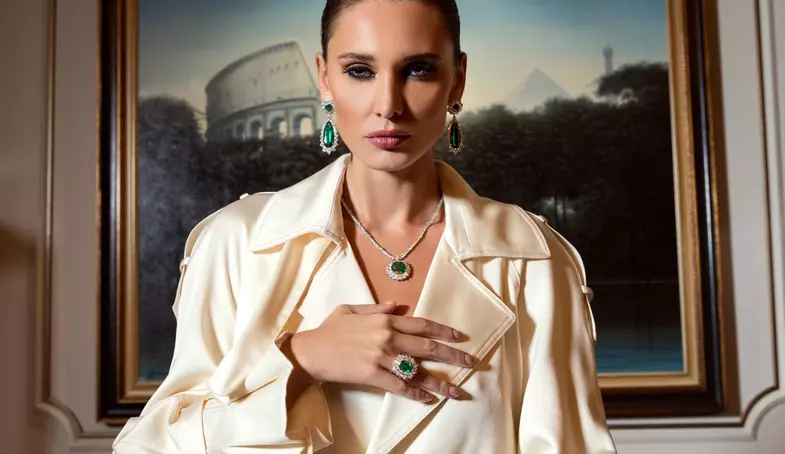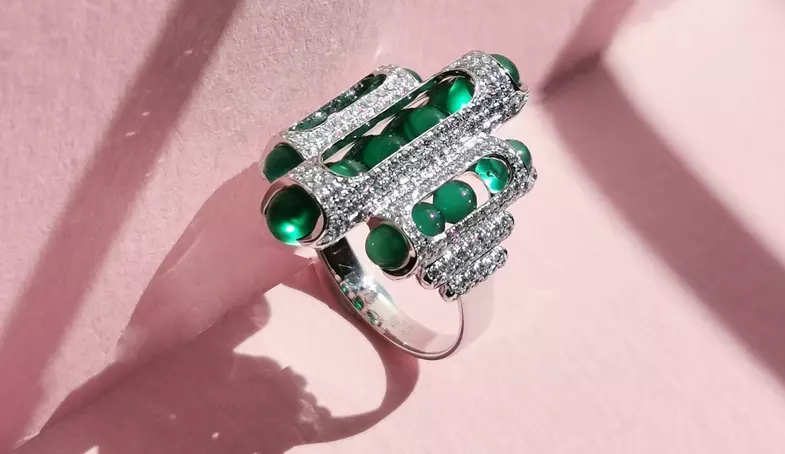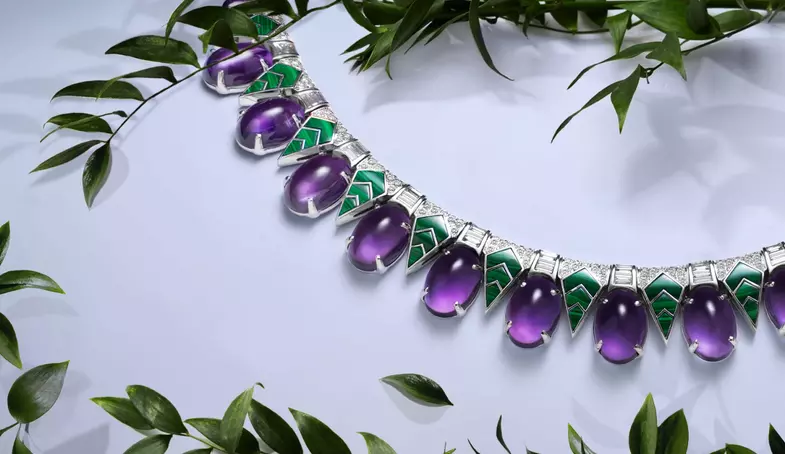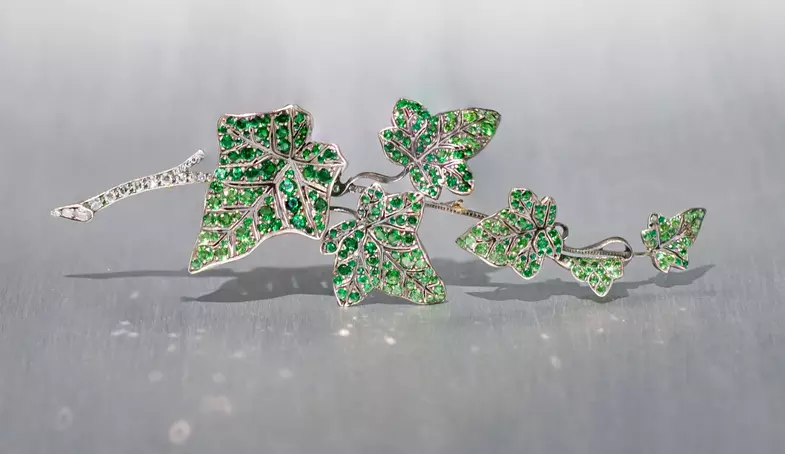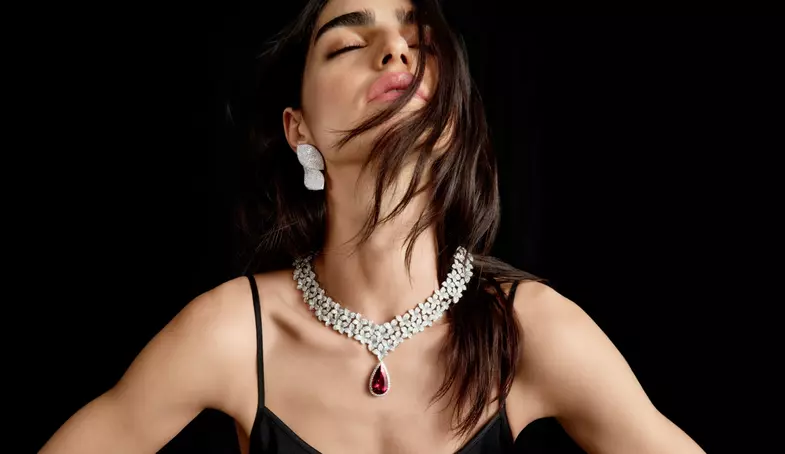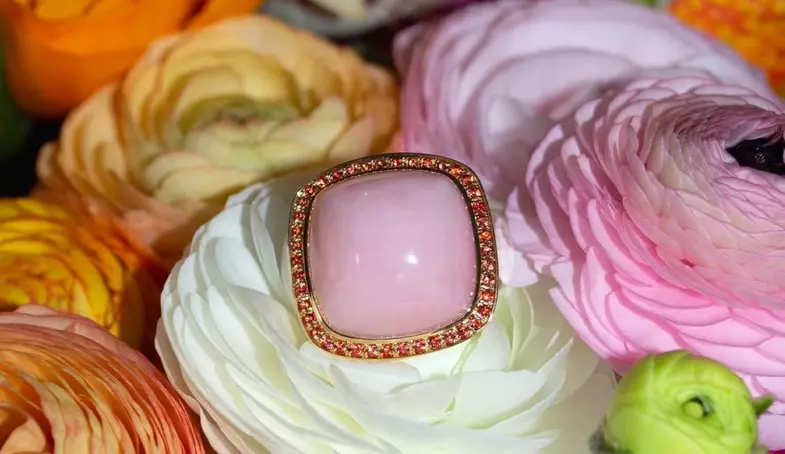We are only a few rotations away from Valentine’s Day, the one day a year dedicated to celebrating all things love, especially the people we hold dear. Whether it’s a romantic partner or an important friendship that you want to shout about, a heart-shaped piece of jewellery is a go-to present for such an occasion. But why this shape? And why has it become such an icon of Saint Valentine?
The heart shape has a long and important history in the design realm that dates back hundreds of years. There are many legends about its origin– one of which states that the first version of the shape was inspired by the seeds of a plant located in modern-day Libya that was historically used as a form of birth control. Another says that its prominence comes from the Middle Ages, where drawing of the shape could be found around the texts of poets and philosophers. In any case, through the writings of these medieval poets, the heart shape has become the shape most associated with love, romance and passion.
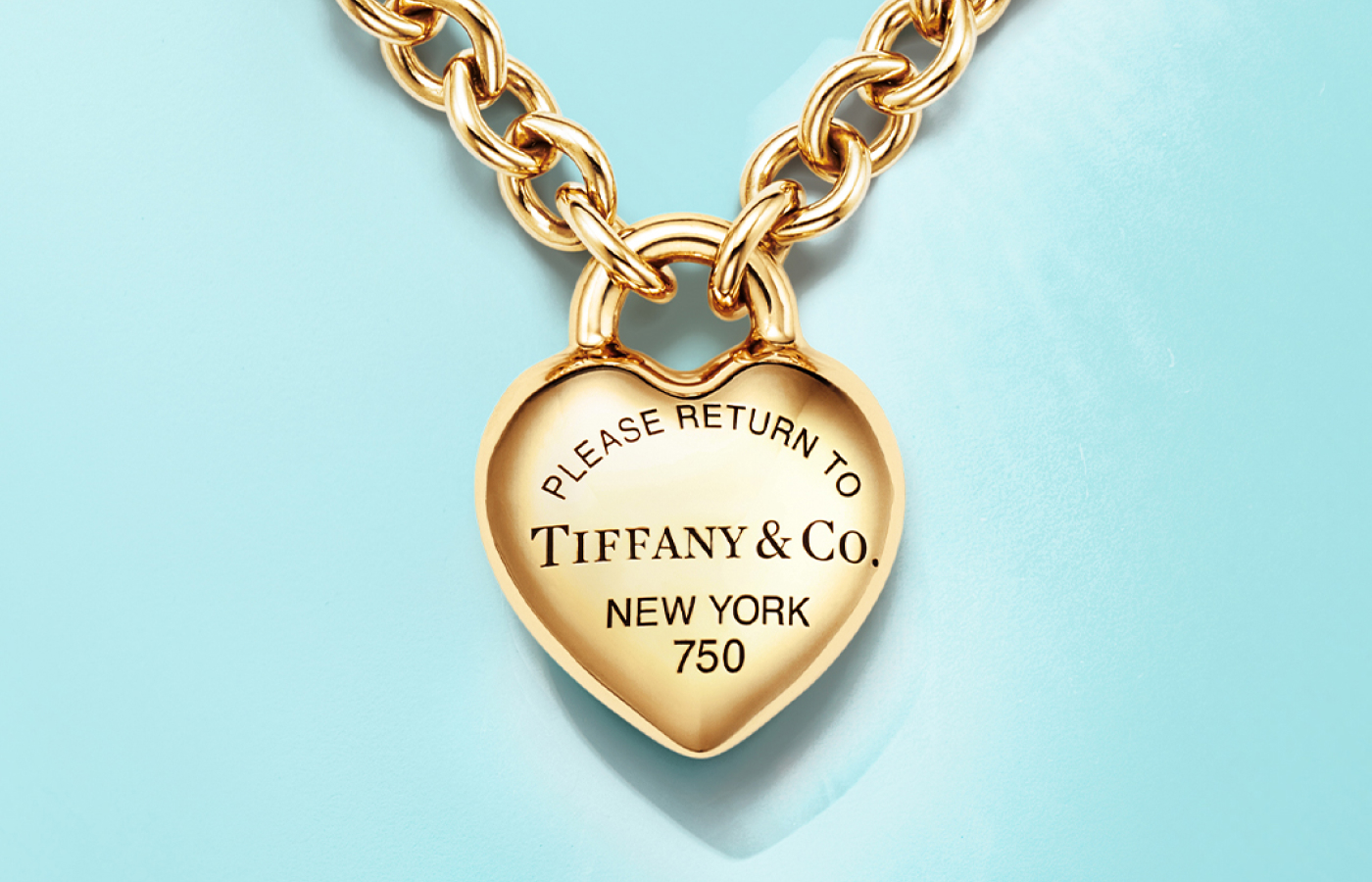
The modern-day heart shape that we use today was first seen during the Renaissance when images of the iconic form were seen in letters sent between members of higher economic classes, as well as being included in drawings, literature and painting. One of our favourite stories about hearts in jewellery is that of the Claddagh ring, a ring style that dates back to the 17th century and which is attributed to Richard Joyce, a Galway villager whose ship was seized and he was taken into slavery by Algerian coursers who gave him to a goldsmith as an assistant. During the 14 years he was held captive, he trained in the art of goldsmithing and created a ring which he hoped to one day bring back to his beloved, who was waiting for him in the small town of Claddagh. The design consisted of a solid gold heart surrounded by two hands, topped with a crown, which he was able to give to his future bride in person after King Richard demanded that all subjects be released from service and slavery. To this day, the Claddagh ring design is an important motif in Celtic jewellery, with many using it as an engagement ring as well as a promise ring or to symbolise eternal partnership.
Another great way to include the heart shape in a piece of jewellery is through heart-shaped stones. Creating this precise gem cut is particularly challenging, as gem cutters must investigate the physical structure of the gem to ensure perfect symmetry and excellent proportions, as well as maintain the maximum amount of carat weight. Not all gem cutters can create this shape, as it requires an added course of training.
The pieces below are just a few beautiful heart-shaped creations that celebrate love, friendship and romance. Let us know which one is on your Valentine’s Day wishlist!
